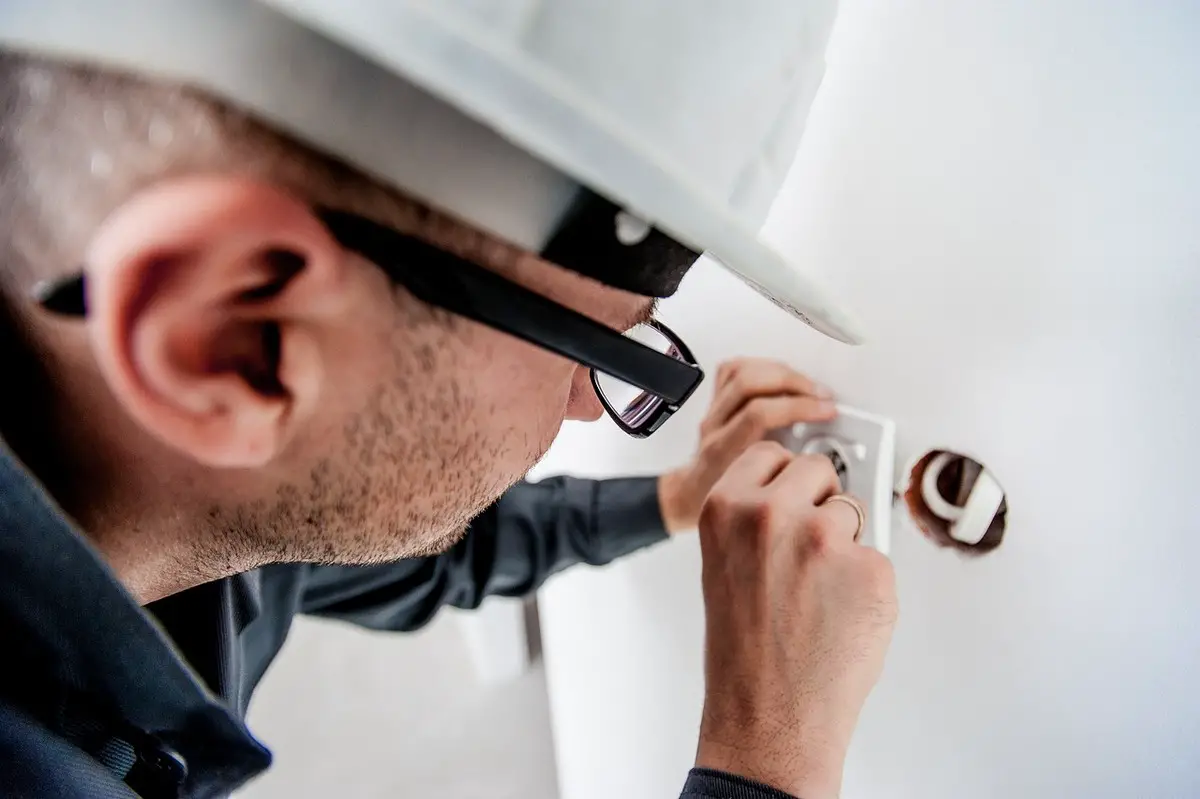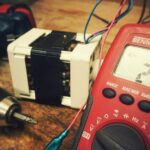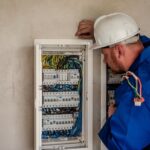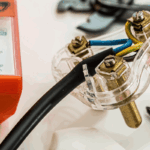Mastering the basics: Essential electrical knowledge every homeowner should have, Avoiding short-circuit
Essential Electrical Knowledge Every Homeowner Should Have
21 March 2024
Electrical Safety Tips For HomeownersMastering the Basics: Essential Electrical Knowledge Every Homeowner Should Have
Electricity is as necessary in our modern lives as air and water. It powers our lights, appliances, and other advantages. But its convenience conceals a hidden danger. A basic understanding of your home’s electrical system allows you to identify potential hazards, troubleshoot minor issues, and communicate effectively with electricians about repairs or upgrades. This article delves into the fundamental electrical concepts and terminology that any homeowner should be familiar with.
Understanding the Power Flow:
Consider electricity to be like water running through a network of pipes. The electricity supplier provides power to your home via a service line, which usually consists of two or three wires.
- Hot Wires: carry the actual electrical current, which is typically 120 or 240 volts depending on the circuit (more on voltage later). A standard home usually has two hot wires, one black and one red.
- Neutral Wire: serves as a return path for electricity, completing the circuit. It is usually white or grey.
- Ground Wire: (May or may not be present in older homes) This wire acts as a safety path for any stray current, preventing it from shocking or damaging people or appliances. It is usually either bare copper or green.
The Electrical Panel: Your Home’s Power Hub
The electrical panel, also known as a breaker box, serves as the main control center for your home’s electrical system. It contains several crucial components:
- Main Breaker: This is the master switch for your entire electrical system. In the event of an overload or fault, it disconnects all power.
- Branch Circuit Breakers: Individual breakers are used to control specific circuits in your home. When a circuit becomes overloaded, the corresponding breaker trips, cutting power to the circuit to prevent overheating and potential fires.
Understanding Electrical Terminology:
- Voltage (V): Voltage is the force that drives electricity through a circuit. Consider it like water pressure in a pipe. Most appliances operate on 120 volts, but larger appliances such as dryers and ovens require 240 volts.
- Amperage (A): Amperage is the amount of electrical current that flows through a circuit, similar to the volume of water flowing through a pipe. Each circuit is rated for a certain amount of amperage, and exceeding this limit will cause the breaker to trip. Appliance amperage ratings should not exceed the circuit’s capacity.
- Wattage (W): Wattage is the rate at which an appliance uses electricity. It’s calculated by multiplying voltage and amperage. Higher wattage appliances consume more electricity. It is important for determining how much power a circuit can handle.
- Circuit: It can be thought of as a dedicated electrical pathway within your home. Each circuit provides power to a specific area or set of outlets. Separate circuits help to prevent overloading and ensure safety.
Essential Safety Precautions:
- Always turn off the power before working on electrical systems: This is the golden rule. Before replacing a light switch, installing a fixture, or troubleshooting any electrical problem, turn off the power to the circuit you’ll be working on. Use a voltage tester to ensure that the power is turned off at the worksite.
- Grounding is Crucial: Grounding provides a safe path for any stray current, preventing electrical shocks. Look in your home for three-pronged outlets (one with a ground prong). Compared to two-pronged outlets, these provide greater safety. Do not use appliances with damaged cords or faulty plugs.
- Water and Electricity Do Not Mix: Because water conducts electricity, there is a serious risk of electrocution. Keep all electrical devices away from water sources. Never use electrical devices with wet hands or while standing on wet floors. GFCI (Ground Fault Circuit Interrupter) outlets provide additional safety in areas such as bathrooms and kitchens by automatically shutting off power in the event of a ground fault.
Troubleshooting: Common Electrical Issues
- Tripped Breaker: This is a safety feature that indicates an overload in a circuit. Determine which breaker has tripped in your panel and reduce the load on the circuit (unplug appliances). To reset the breaker, flip the switch back to the “on” position. If it trips again, there could be an issue with the appliance or the wiring. Consult a qualified electrician for assistance.
- Flickering lights: This could be due to a loose connection, a failing light bulb, or a circuit issue. Check the bulb, tighten any loose connections, and call an electrician if the problem persists.
- Burning Smell: A burning odor coming from an outlet or switch is a serious red flag that could indicate overheating wires or faulty components. Turn off the power to the affected circuit immediately and contact a licensed electrician to diagnose the problem.
Effective Communication with Electricians:
You can communicate more effectively with electricians for repairs, upgrades, or maintenance if you understand the fundamentals of electrical concepts. Here are some pointers:
- Clearly State the Problem: Explain the symptoms you’re experiencing, such as tripped breakers, flickering lights, or sparks. The more information you provide, the easier it is for the electrician to diagnose the problem.
- Know Your Home’s Electrical System: Knowing where your main breaker panel is, how many circuits you have, and how old your electrical system is will help the electrician.
- Ask Questions: Don’t be afraid to ask questions about the recommended repairs and the reasoning behind them.
- Get Estimates and Clarify Warranties: Before beginning any work, always obtain written estimates. Make sure you understand the scope of work, the materials used, and any warranties offered for repairs or installations.
Beyond the Basics: Additional Considerations
While this guide focuses on the fundamentals, there are other areas where basic electrical knowledge is beneficial:
- Ground Fault Circuit Interrupters (GFCI) and Arc Fault Circuit Interrupters (AFCI) – are advanced circuit breakers that provide additional protection against electrical hazards. GFCIs are required in areas with water sources, whereas AFCIs detect and prevent arcing faults that can cause fires. Consider having these breakers installed, particularly in kitchens, bathrooms, and laundry rooms.
- Proper Grounding: Make sure all of your outlets have a ground prong and are properly grounded. Avoid using two-prong adapters on grounded outlets because they bypass the safety feature.
- Surge Protectors: protect your electronic devices from voltage spikes caused by lightning strikes or power grid fluctuations.
Investing in a Safe Electrical Environment
By becoming familiar with basic electrical concepts and terminology, you will be able to make informed decisions about your home’s electrical system. Knowing how to identify potential hazards, troubleshoot minor issues, and effectively communicate with electricians can help you and your family live in a safer and more comfortable environment.
Remember, when in doubt, always seek the advice of a qualified electrician. Their knowledge is invaluable in making sure your home’s electrical system runs safely and efficiently.
Comments on this Mastering the Basics: Essential Electrical Knowledge Every Homeowner Should Have article are welcome.
Electrical
Electrical / Electronics Posts
Wires are important with electrical equipment
7 ways how electricians can help you build a perfect house
3 awesome things a smart plug can do
Building
Residential Architecture Articles
Comments / photos for the Mastering the Basics: Essential Electrical Knowledge Every Homeowner Should Have page welcome





